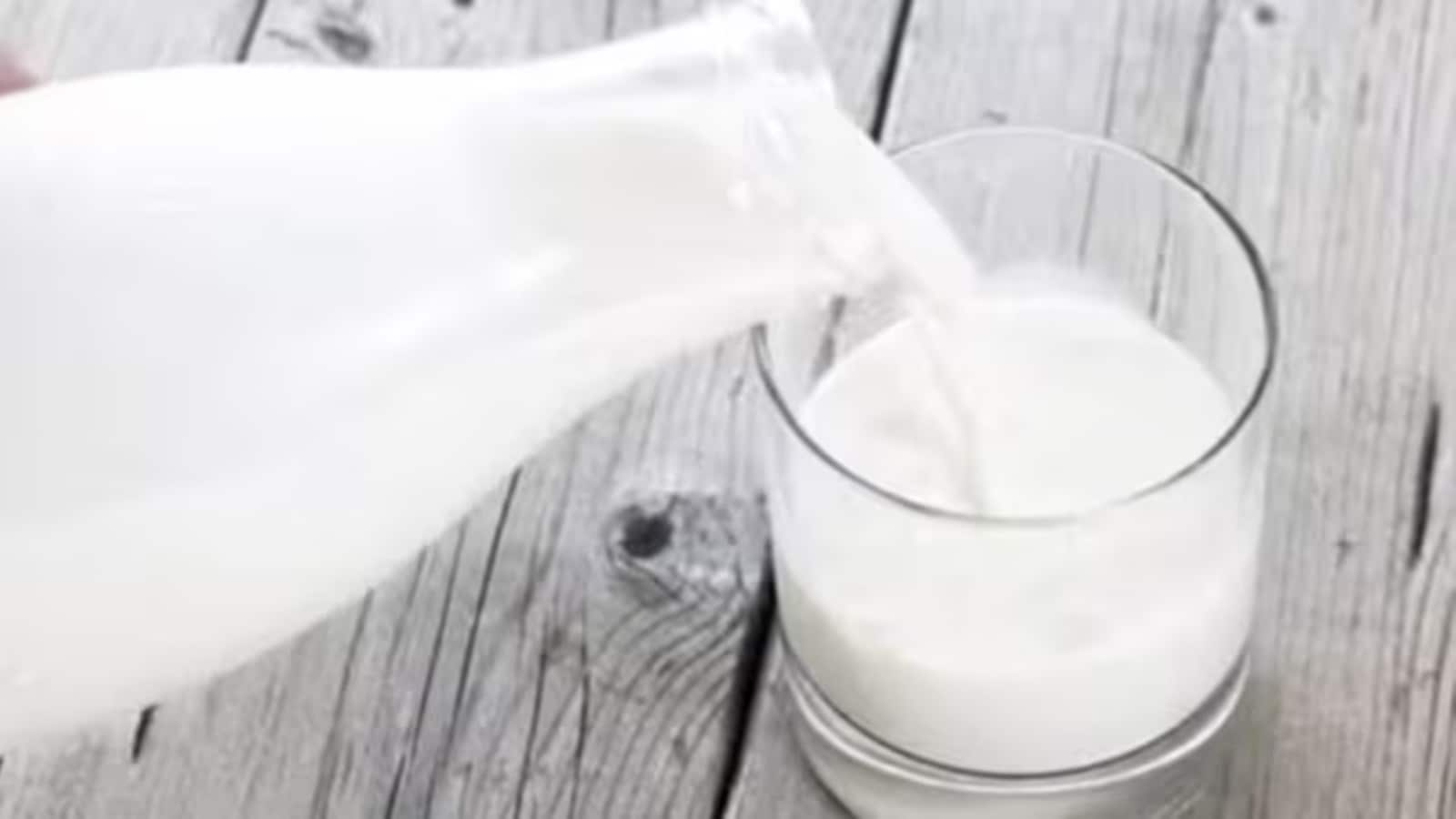

Feb 20, 2025 13:54 IST First published on: Feb 20, 2025 at 13:53 IST
“Can Vilas Shinde be the ‘Verghese Kurien of India’s F&V sector?’” ask Ashok Gulati and Raya Das in their column on February 17 (IE, “A success story like Amul”). They add that “The Sahyadri [Farmer Producer Company] has already cracked the code”. With every appreciation of what Sahyadri has achieved so far under Shinde’s dynamic leadership and the author duo’s scholarship, this writer must point out that the question is misplaced and the code is not cracked because it has not been correctly understood.
Professor Gulati has compared the F&V and dairy sectors and advocated the application of the dairy co-operative model to horticulture for the better part of the last decade. He even coined a catchy acronym, TOP, representing tomato, onion and potato, as the trio of vegetables to be handled the way dairy co-operatives treat milk. As the column mentions, the government bought into this and allocated Rs 500 crore in the 2018 Budget.
Story continues below this ad
Operation Green was quite among the crown jewels of Budget 2018, vigorously touted by those who prepared it as farmer-friendly or rural-focussed. It sought to do for horticulture what Operation Flood did for dairying. Grower co-operatives and appropriate processing are expected to reduce seasonal vegetable price volatility just as they did for milk. Not much has been heard of it since then.
The catholicity of the attempt to transfer the experience of the white commodity to green ones could be lauded if it were based on realistic analysis. To begin with, we must identify the one key factor that made Operation Flood a success and propelled India to be the foremost dairying nation in the world. As one who has studied the sector in depth for over five decades, I can say without fear of contradiction that while organisational strength of co-operatives and imaginative marketing thrusts have contributed to the success of the milk economy, the key factor is the nature of the commodity and available technology.
Both milk and vegetables face a steady demand throughout the year, but their production is affected by seasonality. The consequent spikes in their prices hurt both the producer and the consumer. For dairying, processing has provided the means to overcome this problem. The flush season surplus production is processed into milk powder and milk fat (butter).
Story continues below this ad
They are stored and recombined to form liquid milk to augment lean season supplies. Producers and consumers thus enjoy stable prices round the year. That win-win situation acts as a powerful incentive for the producer. Operation Flood adopted multi-tier co-operatives as strategic organisations. Private enterprise has done the same in India and elsewhere in the world. Nestle dominates the milk scene in Punjab, as does Fonterra in New Zealand.
The lynchpin of growth in dairying is processing, not the organisation. Processed milk constituents can be reconstituted into liquid milk, but dehydrated onion flakes cannot become fresh onions, nor can tomato puree ever become fresh tomatoes. The Indian consumer demand is mainly for fresh produce, not processed products. So the milk commodity experience of evening out prices cannot be replicated for vegetables, a fundamental point that has escaped the learned economist-champion of the scheme and, alas, even the Government of India in 2018.
The transferability of the Amul model is far from established. Kurien and the National Dairy Development Board learnt this lesson the hard way when their attempt to apply the Anand pattern to oilseeds did not quite take off. The only non-milk commodity where it seems to have met with some success is frozen peas, when the consumer preference is met by limited processing involving shelling and freezing peas.
Otherwise, the old chestnut of “Eat what you can and can what you can’t” applies to most of Indian horticulture. The F&V processing industry abroad is based almost entirely on using off-grade commodities as raw material. In India, given the gradations of purchasing power, there is little that can be considered off-grade.
most read
In this context, one needs to examine how far Sahyadri’s processing of tomatoes has worked. But the mainstay of the Sahyadri model seems to be trade in fresh commodities. Nearly 30 per cent of its Rs 1,550 crore annual turnover comes from grapes. It seems to have followed the path well-established by Mahagrape, an organisation of Maharashtra grape growers. Its representatives travelled to far-off Chile some 35 years ago and discovered that the southern hemisphere country was almost the sole supplier of fresh grapes to Europe in winter. Since that is also the time when Indian grapes ripen, Mahagrape sensed an export opportunity and cashed in on it. Over the last three decades, Indian grapes have become well-established in European markets, and exporters have become familiar with good agricultural practices mandated by the European Community. But that market has now plateaued since Europe is now demographically and economically nearly stagnant.
That is why the F&V code has not been cracked, and Sahyadri is not quite likely to play the role of Amul in the sector, much as one would have liked it to.
The writer taught at IIM, Ahmedabad and was the founder-director of the Institute of Rural Management, Anand


